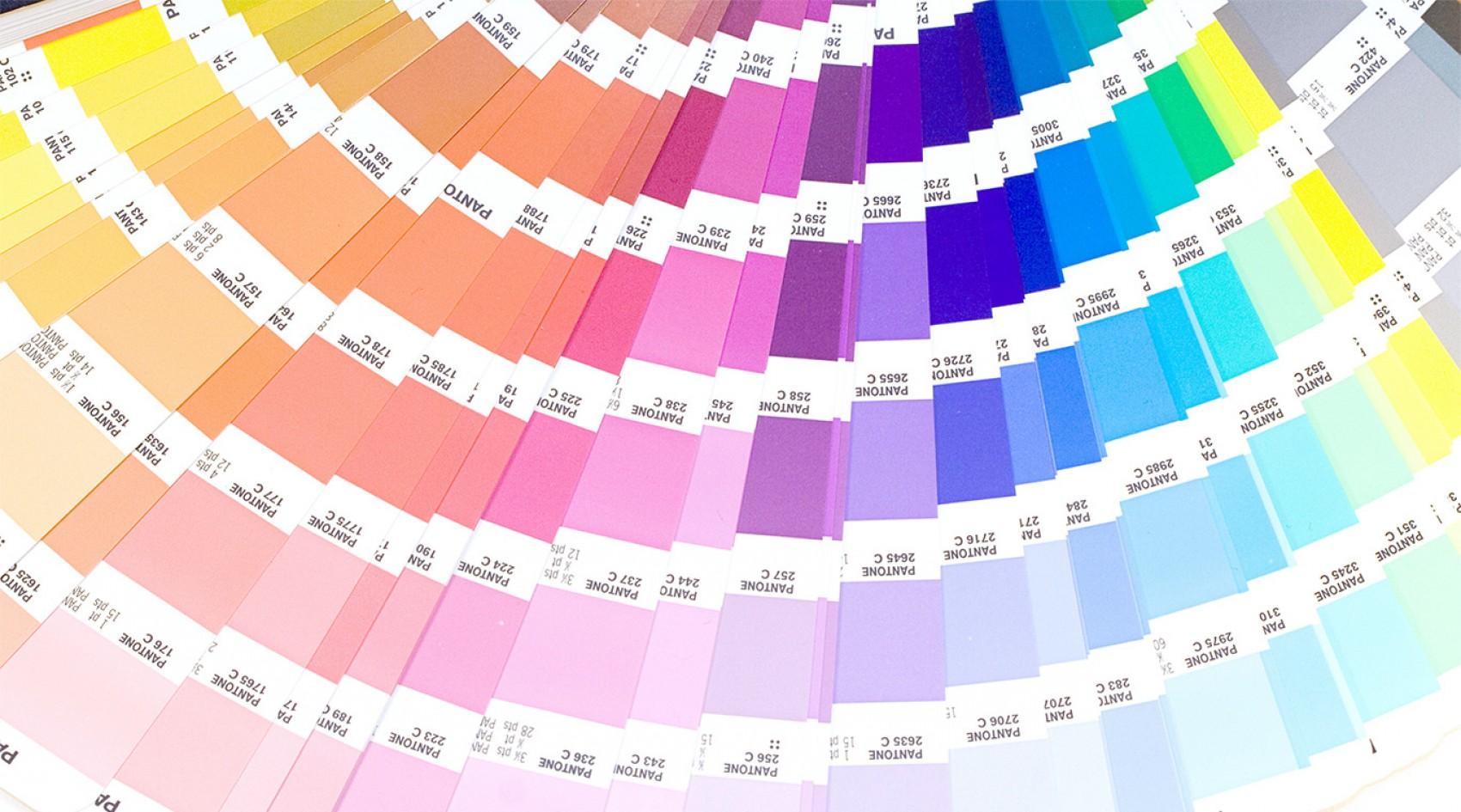How to Choose the Right Colour Palette for my Business
Posted by: John Watkinson. 20.09.2017

bWe typically find that businesses choose their colours based on the owner’s and marketing teams’ personal preferences. As a branding agency in Dubai we strongly believe that there needs to be more to it than just picking the colour you like. Ideally, your colour will align closely with your brand strategy and ‘personality’. Care and consideration goes into developing your brand strategy and ideally this brand strategy should drive the colour selection process as the two are intricately linked.
Your company colours should be unique and ownable wherever possible, but at the same time should tie into your brand story and act as a tool to form a connection with your audience. Because we are operating 40-50 years after big brands were released often, a single colour cannot connect with your audience. Instead, you’ll need a combination of colours which will go on to form the right colour palette for your business. For example if you chose red as the single colour for your brand it makes it very difficult to own, as Coca Cola already owns a world renowned Red. Accordingly, there are a number of considerations to be taken into account:
If you need help putting together your brand strategy, developing your brand or learning how to choose the right colour palette for your business, we are here to help. As a leading branding agency in Dubai, Joie Brands knows how to undertake local and international research for your brand, humanise it and help you build a true relationship through a conversation with your audience. We can also help you to produce brand guidelines which help you maintain consistency of both the look and feel of your brand. To get in touch with us for advice on how Joie Brands can help, simply click here.
Your company colours should be unique and ownable wherever possible, but at the same time should tie into your brand story and act as a tool to form a connection with your audience. Because we are operating 40-50 years after big brands were released often, a single colour cannot connect with your audience. Instead, you’ll need a combination of colours which will go on to form the right colour palette for your business. For example if you chose red as the single colour for your brand it makes it very difficult to own, as Coca Cola already owns a world renowned Red. Accordingly, there are a number of considerations to be taken into account:
1. Leverage Psychology
Colours have a strong impact on the way we perceive things, so they can be a very powerful tool in telling your brand story. For instance, colours that contrast sharply will naturally draw attention and could be considered to show a ‘loud personality’. In addition to this you should take into consideration what feelings and emotions we tend to associate each colour:- Red - strength, passion, and love.
- Orange -warmth, grabs attention without being aggressive.
- Yellow - joy and sunshine.
- Green - health, nature, and the environment.
- Blue - tranquility and calmness.
- Purple - wisdom and nobility.
- Black and white - true contrasts. Simple and constant. Together, they give a classical vibe.
2. Know Your Audience
It’s important to make a choice that’s meaningful to your audience, especially if you’re attracting a specific demographic. For example, if your brand is a happy brand, and your audience is typically happy, we should pick bright colours, yellows, oranges etc. If you are a bank, and your audience is looking for a safe place to put their hard earned cash, choose colours that exude trust - blues or purples or whites. In a colour combination you can dilute and enhance the values certain colours promote, but whatever happens you don’t want your choice of colour to alienate your audience..3. Stay Authentic
While it’s certainly important to select a colour that means something to your audience, it’s also as important not to select something that doesn’t make sense for your brand. If there’s a disconnect between the colours you use and what your brand actually represents, customers could see through it and turn away. For example, if you’re a manufacturer that produces widgets which are mostly black, white, and silver, it wouldn’t make sense to select bright, vibrant colours for your palette.4. Follow the 60-30-10 Rule
A popular rule for designers is that you should choose colours with 60-30-10 in mind. This means you’ll choose one main colour that you use 60% of the time, a secondary colour you use 30% of the time, and a minor colour you use 10% of the time. This is an easy template to follow if you’re not sure exactly how many colours to select, or how often to use them.If you need help putting together your brand strategy, developing your brand or learning how to choose the right colour palette for your business, we are here to help. As a leading branding agency in Dubai, Joie Brands knows how to undertake local and international research for your brand, humanise it and help you build a true relationship through a conversation with your audience. We can also help you to produce brand guidelines which help you maintain consistency of both the look and feel of your brand. To get in touch with us for advice on how Joie Brands can help, simply click here.

